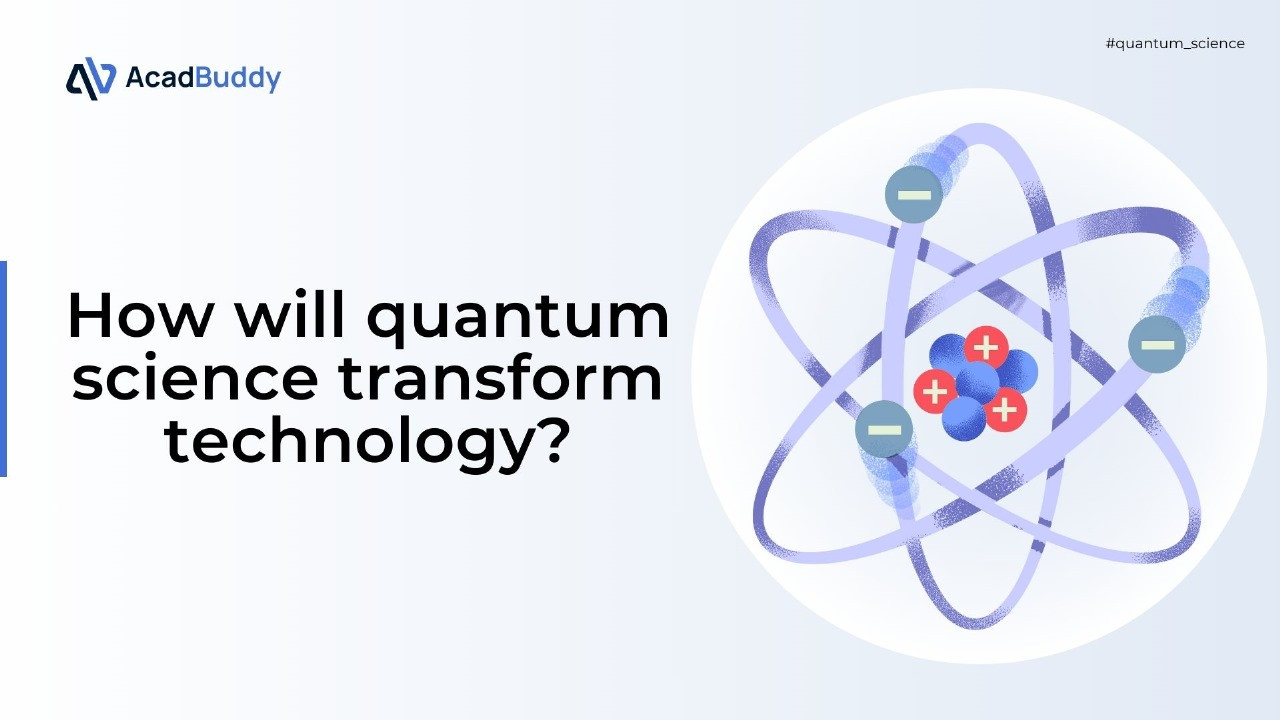Exploiting Potential: Increasing Computer Power
A crucial component of contemporary technology that supports a wide range of applications in numerous disciplines is computer power, which is frequently assessed in terms of processing speed and capability. It speaks to a computer's or computing system's capacity to complete tasks quickly and accurately.
Tracing the Evolution of Computing Power and Its Impact on Contemporary Technological Landscapes: From Megahertz to Quantum Leaps.
Processing speed is one of the main elements affecting computer power. This relates to how rapidly a computer can carry out computations or instructions. Megahertz (MHz) or gigahertz (GHz), which represent the number of cycles or operations a processor can carry out in a second, were historically used to measure processing speed. Modern processors, on the other hand, are significantly more complicated and have numerous cores that can perform multiple tasks at once, effectively boosting processing capability.
Furthermore, improvements in semiconductor technology have made it possible to miniaturize transistors, which are the basic components of CPUs. Over time, this phenomenon—often referred to as Moore's Law—has caused a significant rise in computational capacity. The number of transistors on a microchip is forecast to double roughly every two years, resulting in processors that are more potent, energy-efficient, and capable of handling progressively more difficult jobs.
Memory size and speed are two more essential components of computer power. The rapid storing and retrieval of data from Random Access Memory (RAM) gives a computer the workspace it needs to perform programs and processes.Large dataset management and smoother multitasking are made possible by more RAM. The speed at which information may be read from and written to memory has an impact on the system's overall performance.
A specialized sort of processing power that is focused on managing visual tasks is represented by graphics processing units (GPUs). Modern GPUs, which were first created for the purpose of producing visuals in video games, are highly parallelized and skilled at handling numerous calculations at once. They are therefore indispensable for activities requiring the parallel processing of enormous volumes of data, such as scientific simulations, machine learning, and artificial intelligence.
More RAM enables the administration of large datasets and more fluid multitasking. The system's overall performance depends on how quickly data can be read from and written to memory.
Graphics processing units (GPUs) are a specific type of processing power that is targeted at controlling visual tasks. Modern GPUs are highly parallelized and adept at managing multiple calculations at once. They were originally developed for the purpose of providing images in video games. They are consequently essential for tasks like scientific simulations, machine learning, and artificial intelligence that are needed for the concurrent processing of massive amounts of data.
The concept of computer power has changed recently as a result of the growth of cloud computing. Cloud services give consumers access to enormous computing resources, enabling them to take advantage of the processing and storage power of distant servers. Small firms, researchers, and people can now use resources that were previously only accessible to large organizations with sophisticated IT infrastructures as a result of the democratization of access to powerful computers.
Strong computing power has practically endless applications. Powerful computers are used in science to run simulations and analyze data, leading to new understandings in disciplines including physics, biology, and climate science. It serves as the catalyst for the development of intricate graphics, animations, and special effects in sectors including entertainment and design. It supports sophisticated risk analysis and high-frequency trading in the financial sector. It helps with genome research, drug discovery, and medical imaging.
In conclusion, computer power is a broad notion that includes a number of different factors, including processing speed, memory size, storage capacity, network connectivity, and more. It is the driving force behind the current digital era, enabling advancements and developments in a wide range of fields and uses. The prospect of increasingly more powerful computers holds hope for more revolutionary developments as technology develops.











